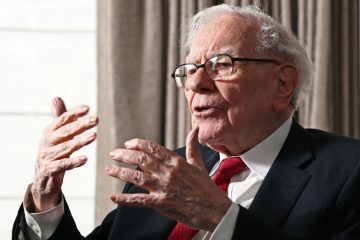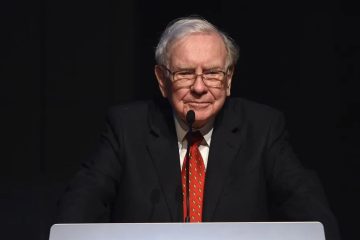Streaming Wars : There is no escaping YouTube.

For quite some time, Netflix executives resisted the idea that the company truly had a competitor. Neither Hollywood powerhouses such as Disney nor tech giants like Amazon. Reed Hastings, the company’s co-founder, stated that Netflix competed with individuals’ desire to socialize or to sleep. However, there is no escaping YouTube. Netflix and YouTube are locked in a fierce battle for control over the television set, a rivalry that Netflix’s executives can no longer deny.
“That was more of a fun narrative than it was, you know, the brutal truth,” said Jason Kilar, the founding chief executive of Hulu and a former chief executive of WarnerMedia, regarding those past comments. “The brutal truth is that YouTube is indeed the biggest competitor of Netflix at this point.” The rivalry indicates a new phase in the streaming wars. For years, boosting subscriber numbers to their streaming services was the primary objective for media companies. Companies are now working to extend the duration of viewer engagement with their services. YouTube and Netflix excel in that regard.
In May, the two platforms represented 20 percent of total television viewing time in the US, with YouTube at 12.5 percent and Netflix at 7.5 percent, as reported by Nielsen. Disney, with its various streaming services (Disney+, Hulu, ESPN+), accounted for 5 percent of TV time in May, according to Nielsen. YouTube’s lead continues to expand. Two years ago, YouTube accounted for roughly half a percentage point more of TV time than Netflix; now, it stands at five percentage points ahead.
Their strategies for success differ significantly; however, it is evident that they are now competing directly, in both large and small ways. Top executives at both firms are increasingly referencing one another in public, occasionally in a dismissive manner. Companies are encroaching on each other’s domains, as Netflix executives demonstrate a growing interest in recruiting creators typically associated with YouTube, while attempting to articulate the advantages of their business model.
“Who is facing the largest challenge regarding scale and audience aggregation?” “YouTube and Netflix,” said Ben Silverman, the chairman of Propagate, a production company, and a former chairman of NBC Entertainment.
Both firms are vying for dominance from a position of strength. In 2024, Netflix reported a revenue of $39 billion and surpassed 300 million global subscribers, outpacing all other streaming services. Netflix reported over $10 billion in operating income last year, highlighting its significant profitability. YouTube, owned by Google, generated $54 billion in revenue last year. Only Disney surpassed the media company in question. MoffettNathanson, a media analyst group, projected that YouTube would surpass Disney in revenue this year, calling it “the new king of all media.” The company does not disclose profits; however, MoffettNathanson estimated that YouTube’s operating income was just under $8 billion in 2024.
YouTube attempted to create original TV shows but discontinued that strategy years ago. It worked. YouTube has become a go-to platform for a wide array of content, from cat videos to music playlists and video podcasts. Nielsen reported that, on average, YouTube attracts seven million viewers watching off a TV set at any given moment throughout the day, surpassing Netflix’s daily average of 4.7 million. During prime-time hours, when the highest concentration of viewers is watching TV, the margins are tighter. Nielsen reported that an average of 11.1 million Americans are watching YouTube on their TV screens at night this year, compared to 10.7 million who are watching Netflix. Roughly 70 percent of Netflix’s audience, for instance, watches its programmes via a television set, and the other 30 per cent through other devices, the company said.
Recently, Netflix has licensed shows from creators who were primarily on YouTube. Ms. Rachel, a children’s program available on YouTube, has also begun streaming on Netflix. Netflix has introduced shows such as the game show Pop the Balloon and Sidemen, a well-known British YouTube group. According to sources, the firm has also been in discussions with representatives from other YouTube channels, including Mark Rober, Dude Perfect, Danny Go, and Gracie’s Corner. “Netflix was like, ‘We want to be a studio,’ and they became a platform,” stated Jad Dayeh, a senior partner at the William Morris Endeavor talent agency. “YouTube was a platform that is now becoming a studio.” That’s where the battle begins to take form, as they compete for the same audience.








